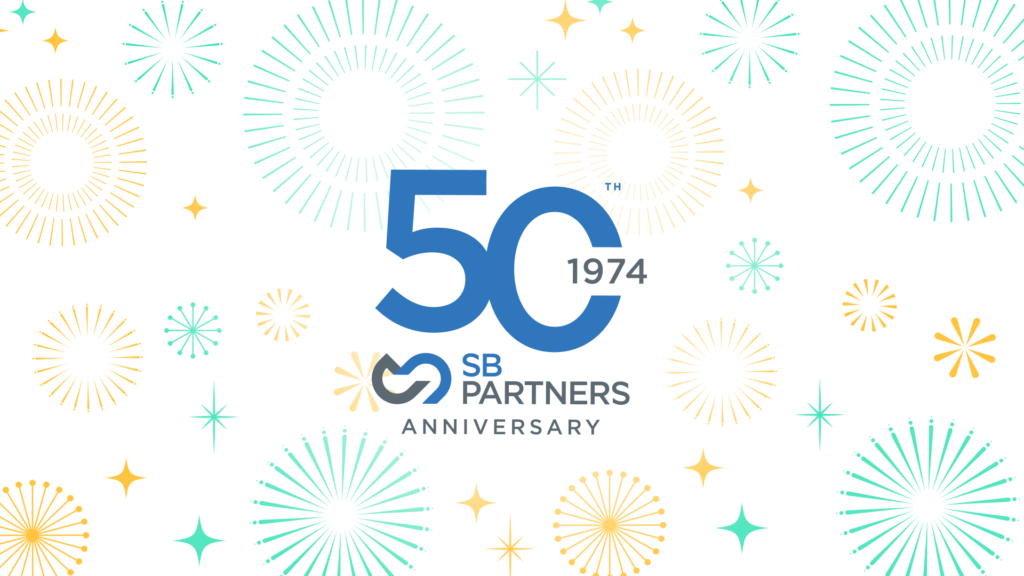The pandemic has sent many packing from their offices to their homes for work. Some may have been fortunate to already have a dedicated office or workspace in their home, for others it has meant setting up shop.
This has raised a lot of questions about work-related expenses such as who is going to cover the purchase of supplies and equipment and are there any tax deductions that can be claimed. In December 2020, the CRA released guidelines for employees working from home. Here we review those guidelines and what you may be eligible to claim.
Two methods have been incorporated into the guidelines for employees working from home. These are only available to employees of the 2020 taxation year. They are the Temporary Flat Rate Method (TFR) and the Simplified Detailed Method. The TFR may be an easier process, but the detailed method may yield more benefits and deductions. Reviewing the eligibility for both, and what they cover, is a worthwhile investment in determining the best route for your particular circumstances.
The Temporary Flat Rate Method (TFR) is a simplified process for claiming home office expenses on your personal tax return. Under the TFR, employees can claim $2 for each day worked from home in 2020 due to the COVID-19 pandemic up to a maximum of $400. Employers are not required to certify or sign a T2200 form and detailed expenses are not required to submit the claim. TFR can only be claimed for the 2020 taxation year. Part-time days do count, but Vacation Days, Sick Days and other leaves of absence do not.
To claim the full $400, employees would have had to have been working from home continuously from the start of the pandemic in mid-March of 2020 until the end of the year. Calculations for the full $400 would look like this:
- 40 weeks x 5 days/week = 200 day
- 200 days x $2/day = $400
In order to qualify, employees must meet all the following eligibility criteria:
- the employee worked from home in 2020 due to COVID-19
- the employee worked more than 50% of the time from home for a period of at least a month (four consecutive weeks) in 2020
- the employee is not claiming any other employment expenses
- the employer did not reimburse ALL the employee’s home office expenses. (If the employer reimbursed some of the home office expenses, they could still make a claim.)
The Simplified Detail Method is a claim on the employment portions of actual amounts you paid. A detailed report including supporting documents is required as well as a completed and signed T2200S or T2200 from your employer. Deductions can be made by completing the simplified Form T777S for certain expenses related to working from home supported by receipts. A detailed list of eligible expenses can be found on the CRA website.
Eligible expenses are broken down into three categories: office supplies, other expenses and work-space-in-the-home expenses. There are some differences between what a salaried employee can claim and what a commission employee can claim. Neither salaried employees nor commission employees can claim mortgage interest, principal mortgage payments, home internet connection fees, furniture, capital expenses (replacing windows, flooring, etc.) and wall decorations.
Within each expense category, there are guidelines as to what is deductible and what is not. In terms of deductible office expenses, things like toner, ink cartridges, printer paper, pens/pencils, stationery items, folders, sticky notes, postage, etc. are eligible. Capital assets such as computers, laptops, monitors, scanners, printers, fax machines, desks and chairs are not deductible.
Other expenses may include services such as cell phone service and long-distance calls for employment purposes. There are conditions regarding these expenses including whether the cost of the plan is reasonable, and if the employee can produce records demonstrating the consumption of the service (data, call logs) are related to the performance of employment duties.
Work-space-in-home expenses refer to a portion of home expenses and are calculated on a percentage based on the area of the home used for employment purposes out of the total area. Utilities such as electricity, heat, hydro, the utilities portion of condominium fees, maintenance and minor repair costs and rent. Commissioned employees may also claim home insurance, property taxes and lease of a cell phone, computer, laptop, tablet, fax machine, etc. that is related to earning commission income. Creating a spreadsheet that calculates the percentage of these expenses can be helpful. It is also important to note that if the workspace was not used exclusively for employment purposes (such as a dining room) the calculation must be reduced for the non-employment use of the space.
To claim deductions based on the Simplified Detail Method, a few conditions must be met.
Employers will need to answer:
- Did this employee work from home due to COVID-19?
- Did they, or will they, reimburse the employee for any of their home office expenses?
- Was the amount included on the employee’s T4 slip. (The amount of any reimbursement or allowance is not required to be included on the T2200S)
The employee must meet all the following conditions:
- the employee worked from home in 2020 due to COVID-19
- the employee was required to pay for expenses related to the workspace in their home
- the employee worked more than 50% of the time from home for a period of at least 4 consecutive weeks in 2020
- the employee has a completed and signed Form T2200S from their employer
- the expenses were used directly in the work during the period.
- The CRA has provided a calculator to assist in determining the claim under the TFR or Simplified Detail Method. The calculator considers a variety of eligible expenses, whether the workspace was exclusively used for employment and the possibility that a claim is made for multiple periods in the year. The CRA calculator can be found HERE.
Considering which method to use will depend considerably on several factors including how long you were employed and working from home in 2020, the compensation structure of your employment, what you have been required to purchase to support employment activities, and whether those purchases were or will be reimbursed by the employer. If you have any questions or concerns related to your 2020 Income Tax preparation, please contact us.
Stay Organized!
Client Portal and Document Delivery
The Client Portal is the safest and quickest method to share documents. If you are not familiar with the SB Partners’ Client Portal we offer video tutorials on our website to demonstrate how to utilize this tool. In order to access the Client Portal, you may select “Client Access”from the main menu of the SB Partners website or click here for direct access. You may wish to bookmark the link into your browser for faster access.
In the event access to electronic document transfer through the Client Portal is not possible, a secure dropbox has been placed outside of our reception doors for you to deliver your documents to SB Partners.



